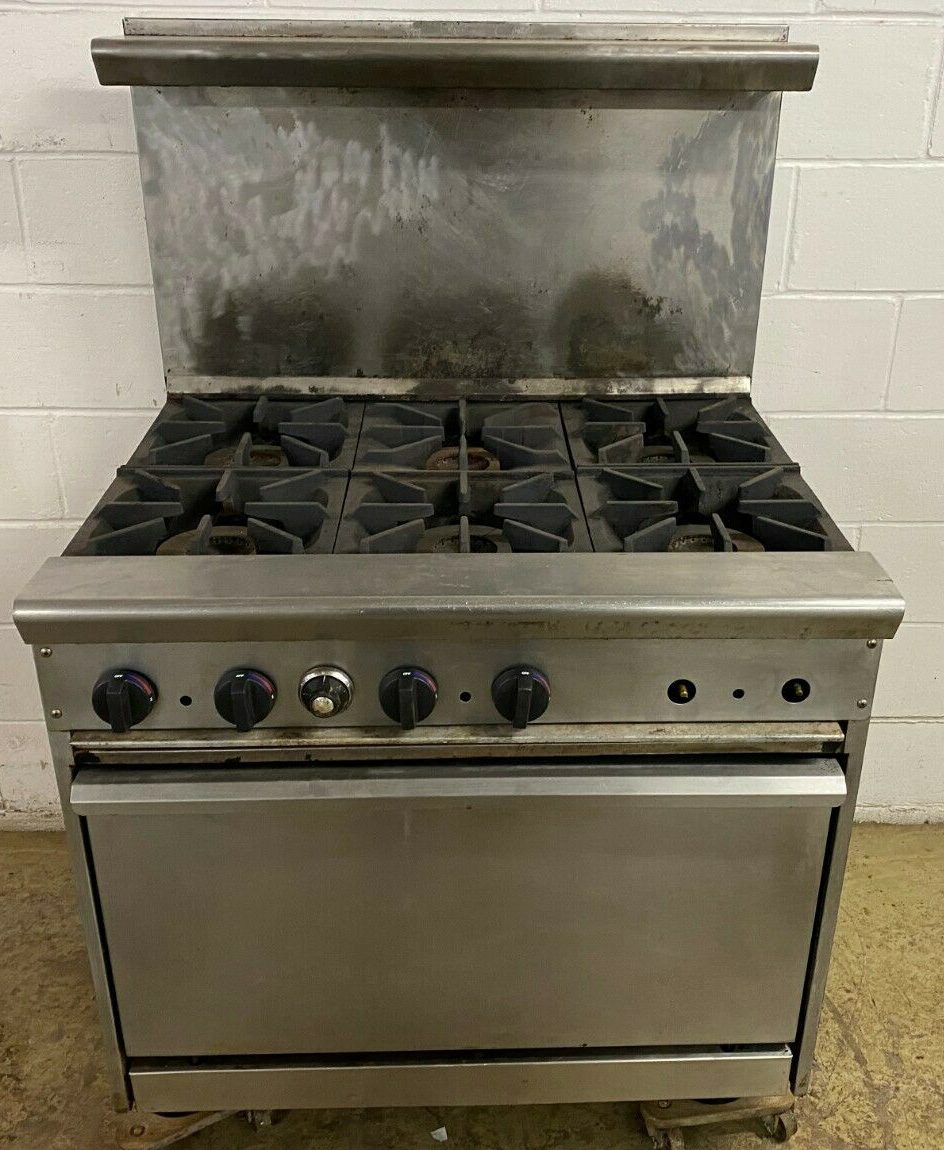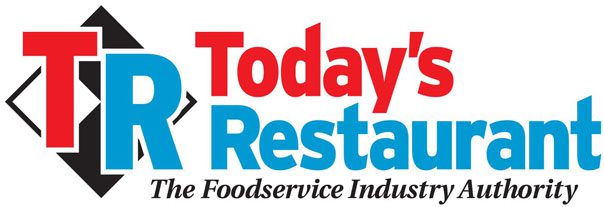

Why Switch Old Equipment for New Technology, Save Big on Operating Costs
By the: National Restaurant Association
Between energy cost savings and equipment rebates, Werewolf American Pub saved more than $10,000 by switching to energy-efficient equipment. Energy-efficient cooking and commercial kitchen ventilation (CKV) systems save money. That’s a lesson experts and organizations like the California Energy Commission (CEC) have been preaching for years.
To prove it in the real world, the CEC awarded a Building Natural Gas Technology (BNGT) grant to Frontier Energy, Inc., operator of PG&E’s Food Service Technology Center (FSTC), San Ramon, Calif.
“We wanted to do more than just swap out standard equipment for energy-efficient models,” says David Zabrowski, vice president, Frontier Energy. “We wanted to demonstrate the kind of savings operators can achieve with the latest cooking technology.”
Frontier Energy conducted a multi-year study of five operators in different segments of the industry and different California locations. In each operation, Frontier measured actual utility use (gas, electricity, and water) of every cooking appliance and determined which were the greatest energy hogs.
Then they swapped out those pieces of equipment for either new technology or the latest energy-efficient appliances and again measured gas, electricity, and water use. The results showed that operators can save, on average, a third of those operating costs.
“Our most meaningful lesson, in addition to the savings, was that you can’t just drop off an energy-efficient piece of equipment or new technology and expect that operators will know what to do with it,” says Zabrowski. “Operators and staff have to be trained to properly operate equipment they’ve never used.”
Here is each case study and savings breakdown.
Gate Gourmet Savings Take Off
One of the earliest operators to sign up for the study, Gate Gourmet provided the research team with several opportunities to learn what would and wouldn’t work. Frontier teamed up with SoCalGas to monitor existing equipment energy use at Gate Gourmet’s LAX airline catering kitchen and to recommend changes.
The main cookline consisted of a high-volume fryer; two 60-gal. steam kettles and two 4-ft. under-fired charbroilers. The steam kettles and broilers accounted for more than half of the total therms consumed by both cooklines, about 115 therms/day.
Frontier replaced one of the steam kettles used for blanching vegetables with an ENERGY STAR® steamer, which captures and uses what would be wasted steam and transfers heat more efficiently.
As a bonus, the steamer also replaced five countertop rice cookers, and saved staff the step of portioning cooked rice into hotel pans before blast-chilling.
An ENERGY STAR fryer with integrated oil filtration replaced the standard model. The built-in oil filter extended oil life by two days, saving $2,920 per year in oil on top of energy savings.
Frontier’s recommendation to replace the under-fired broilers with a conveyor charbroiler was on point; the conveyor had a higher production capacity, saved energy and increased comfort in the kitchen.
Annual energy savings from the changes were $5,322, and Gate Gourmet got an additional $5,749 in rebate savings from California utility incentives.
Werewolf American Pub
Located in San Diego’s historic Gaslamp Quarter, Werewolf is open seven days a week for breakfast, lunch and dinner. The pub had a main cookline with two 8-ft. hoods side by side; a 6-burner range; two 14-in. fryers; a 2-ft. broiler; a 3-ft. griddle; and a salamander. Its prep line consisted of one 6-ft. hood and a convection oven. The cooklines consumed about 22 therms/day, and the hoods used about 85 kWh/day.
Working with San Diego Gas & Electric Co. (SDG&E), Frontier did a kitchen makeover. The prep line is not even needed now that the main line consists of two 2-ft. ENERGY STAR griddles; a best-in-class 14-in. ENERGY STAR fryer; an energy-efficient 2-ft. broiler; a half-size 6-pan combi oven; and energy-efficient TurboPots® to use on the range.
The team also added a demand-control kitchen ventilation system on the 8-ft. hoods. DCKV adjusts exhaust rates based on cooking activity below. The main line consumes about 19 therms/day, and the hood consumes about 31 kWh/day.
Before the makeover, the pub’s annual equipment operating costs were $12,380; with new equipment, they dropped to $8,220.
The Werewolf saved an additional $1,200 in space heating by dropping the prep line for total annual energy savings of $5,360.
Rebate savings of $3,999 on the new equipment brings total savings in the first year to more than $10,000 and the restaurant has a more streamlined and efficient cookline that’s more comfortable for staff.
Moffitt Café Makeover
Located on the second floor of the University of California San Francisco (UCSF) Medical Center, the Moffitt Café serves as the main dining room for the center, serving breakfast, lunch and dinner from 7 a.m. to 7 p.m. to café guests and for patient room service.
To help the UC better understand the operation’s energy use, Frontier and PG&E did an energy assessment of the facility’s kitchen. The cookline was equipped with two double-stacked convection ovens; one 6-burner range; two manual-temp (vs. energy-efficient thermostatic) griddles and two 18-in. fryers.
Measurement data from the convection ovens showed they consumed about 50% of the facility’s energy use.
When the two double-stacked convection ovens were replaced with ENERGY STAR models, energy use decreased 55%, resulting in savings of about $3,066 per year, with faster recovery and shorter cook times.
This study showed that even modest upgrades to a cookline can result in significant savings.
DoubleTree Hotel Double-Down
The kitchen in Hilton’s DoubleTree Hotel in Pleasanton, Calif., services a fullservice restaurant, room service and a catering department that’s typically busy year-’round with business meetings and weddings.
Annual equipment operating costs, however, had ballooned to more than $20,000.
The kitchen’s main cookline had a boiler-based, 2-compartment steamer; two 6-burner ranges; a salamander; a 3-ft. manual-temp griddle, a 4-ft. under-fired broiler; and a double fryer with two 14-in. vats.
The prep line had a 2-compartment cook/hold oven; two double-stacked convection ovens; a 6-burner range; two tilt skillets; and two boiler-based, 2-compartment steamers.
The broiler and two double-stacked convection ovens accounted for about 50% of the kitchen’s gas use, and while energy-saving efforts focused there, almost all the equipment in the kitchen was replaced with energy- and water-efficient models.
The main line now has an ENERGY STAR 2-compartment steam-generator steamer with condensate cooling system for reduced water consumption; an ENERGY STAR 3-ft. thermostatic griddle with electronic ignition; an energy-efficient 3-ft. under-fired broiler with infrared technology; two ENERGY STAR 14-in. fryers; as well as the existing 6-burner ranges and salamander.
The prep line now has an ENERGY STAR double-stacked convection oven; an ENERGY STAR 1-pan boiler-based combi oven; an ENERGY STAR steam-generator steamer; and the remaining existing equipment.
The biggest savings came from a 32% reduction in energy use by replacing the broiler. Overall, the kitchen saves about $13,250 in annual energy costs, and an additional $1,092 in water costs from replacing the steamers.
The hotel also qualified for $9,998 in rebates to help offset the cost of the new equipment.
Versailles Cuban Revolution
A classic family-owned restaurant in the Palms neighborhood of Los Angeles, Versailles restaurant is known for its authentic Cuban food. Frontier and SoCalGas monitored the restaurant’s existing equipment for an accurate energy-use profile.
The operation’s front cookline had a double-stacked convection oven; a 6-burner range; an 8-burner range with 2-ft. griddle suite; and two 18-in. fryers.
The back cookline was equipped with a double-stacked convection oven; a 6-burner range with overhead salamander; a 4-burner range/4-ft. griddle suite; and two 18-in. fryers. For its menu, Versailles used 30 total stock and sauce pots and 70 frying pans.
Annual equipment operating costs ran about $15,324.
Frontier swapped out both stacked-sets of convection ovens, one with an energy-efficient double-stacked convection oven, the other with a 12-pan combi oven. The four fryers were replaced with two 18-in. ENERGY STAR fryers and one best-in-class, dual-vat 14-in. fryer with integrated oil filtration.
The two range/griddle suites were replaced with a 3-ft. thermostatic griddle, two 2-burner stock pot ranges, and a 6-burner countertop range. The team replaced all pots and pans with 28 energy-efficient finned-bottom pots and 69 finned-bottom pans.
The makeover reduced energy costs by about 41%, saving Versailles $6,370 annually.
Even more impactful was the addition of the combi oven. The kitchen crew now uses the combi oven to cook a variety of items that used to be done in fryers and on the range tops, including crispy chicken, eliminating the need for one fryer altogether. The remaining fryer, a new model with an integrated oil filtration system saves $14,112 in oil costs per year.
The energy-efficient finned pots and pans not only save about $2,184 in gas annually, but reduced cook times substantially.
Finally, the new equipment also qualified for $5,396 in rebates.
The restaurant also installed a DCKV, upgraded its exhaust and make-up air fans to 3-phase motors, and installed variable frequency drives on the fans.
The ventilation makeover reduced energy use by nearly half and qualified for $4,900 in rebates.
“In addition to the monetary savings,” says Zabrowski, “in virtually all cases, the new equipment offered improved performance in either reduced cooking time, faster recovery or increased menu flexibility.
You can find the full study results on the FSTC site.




Recent Comments